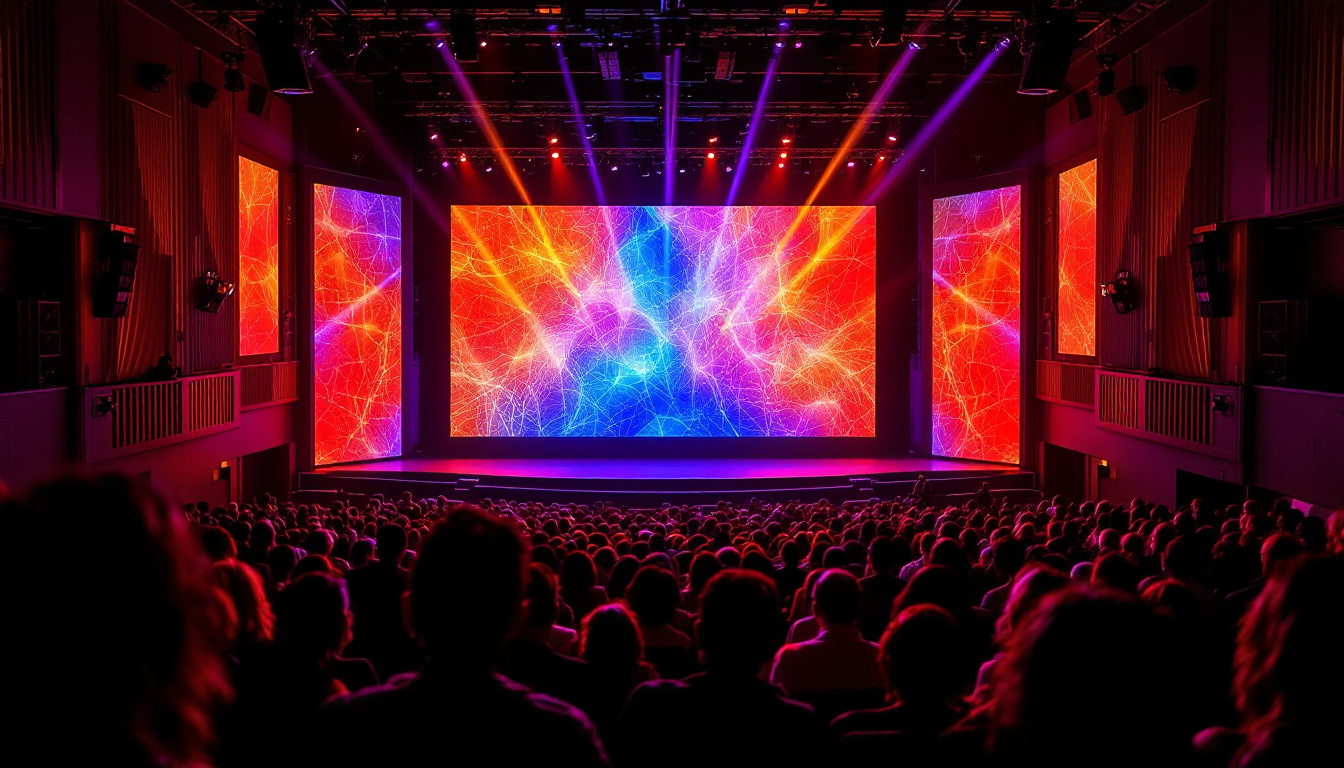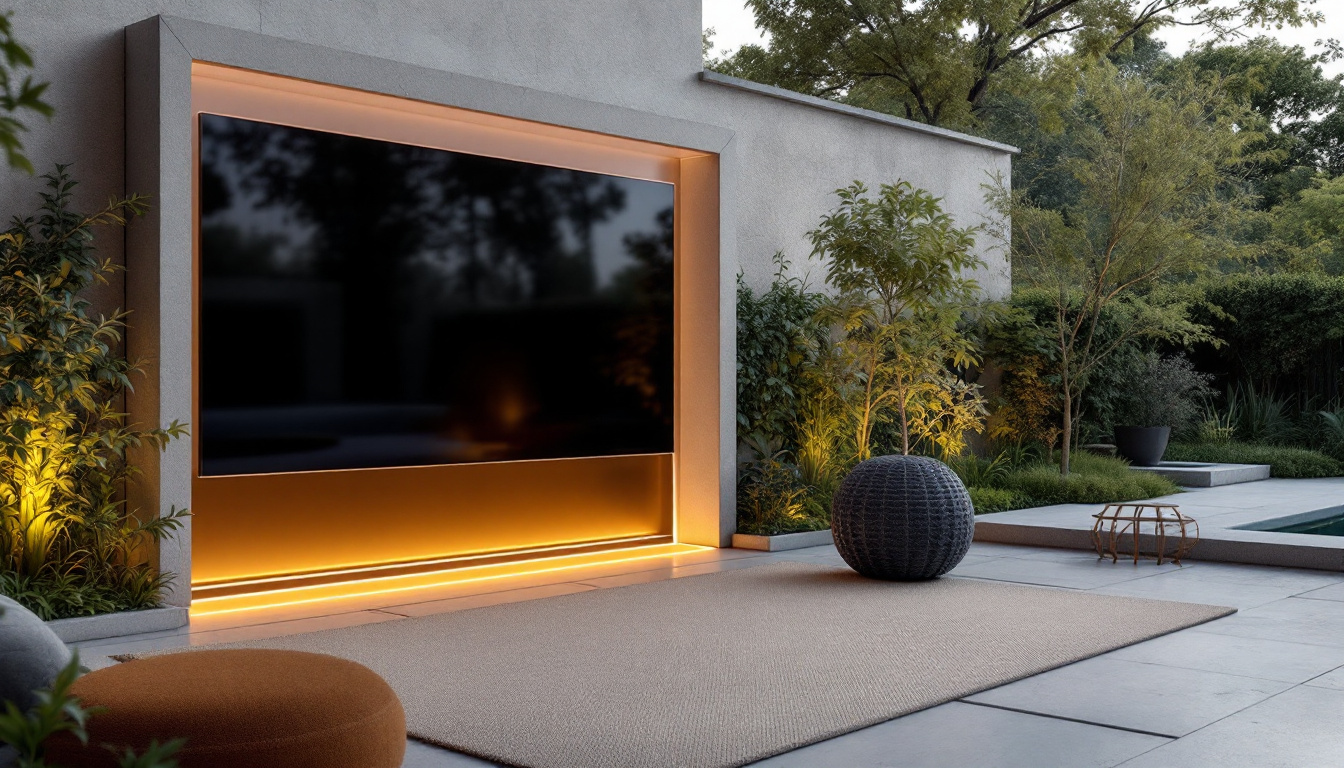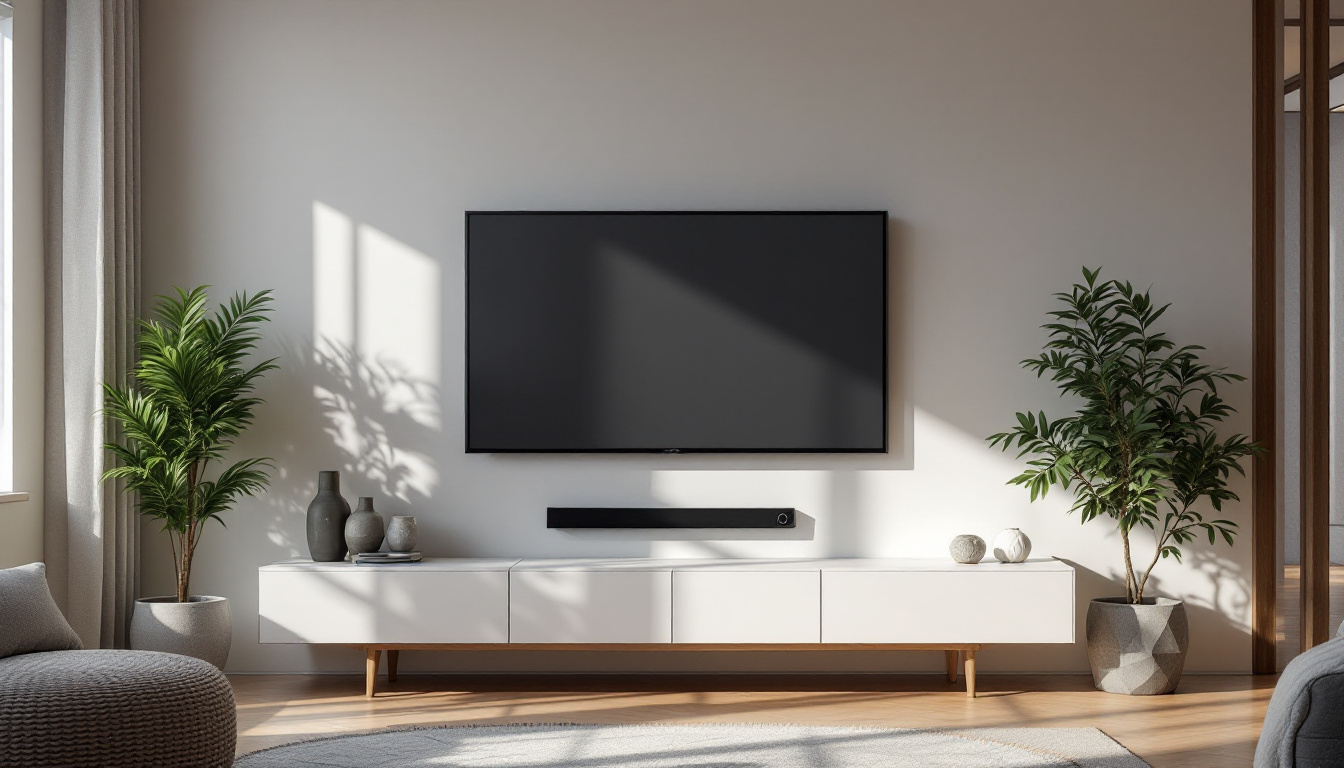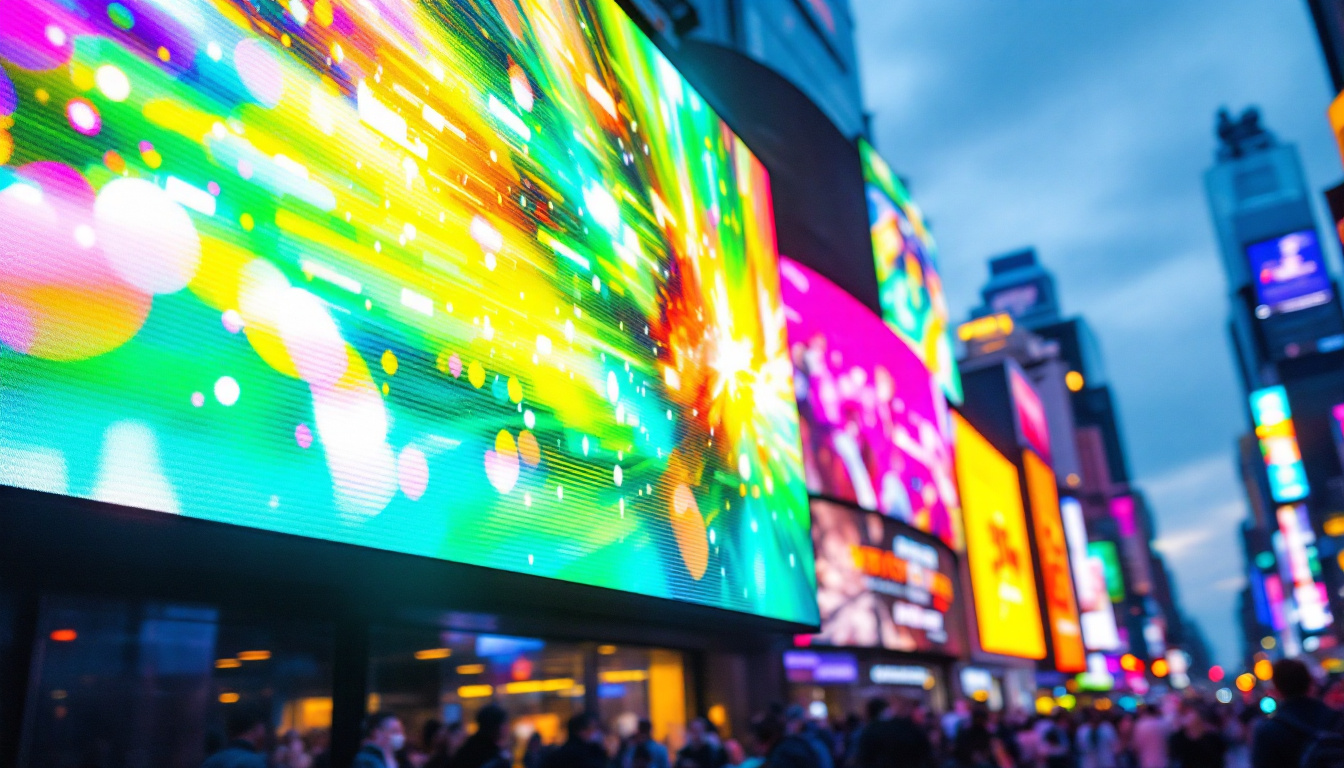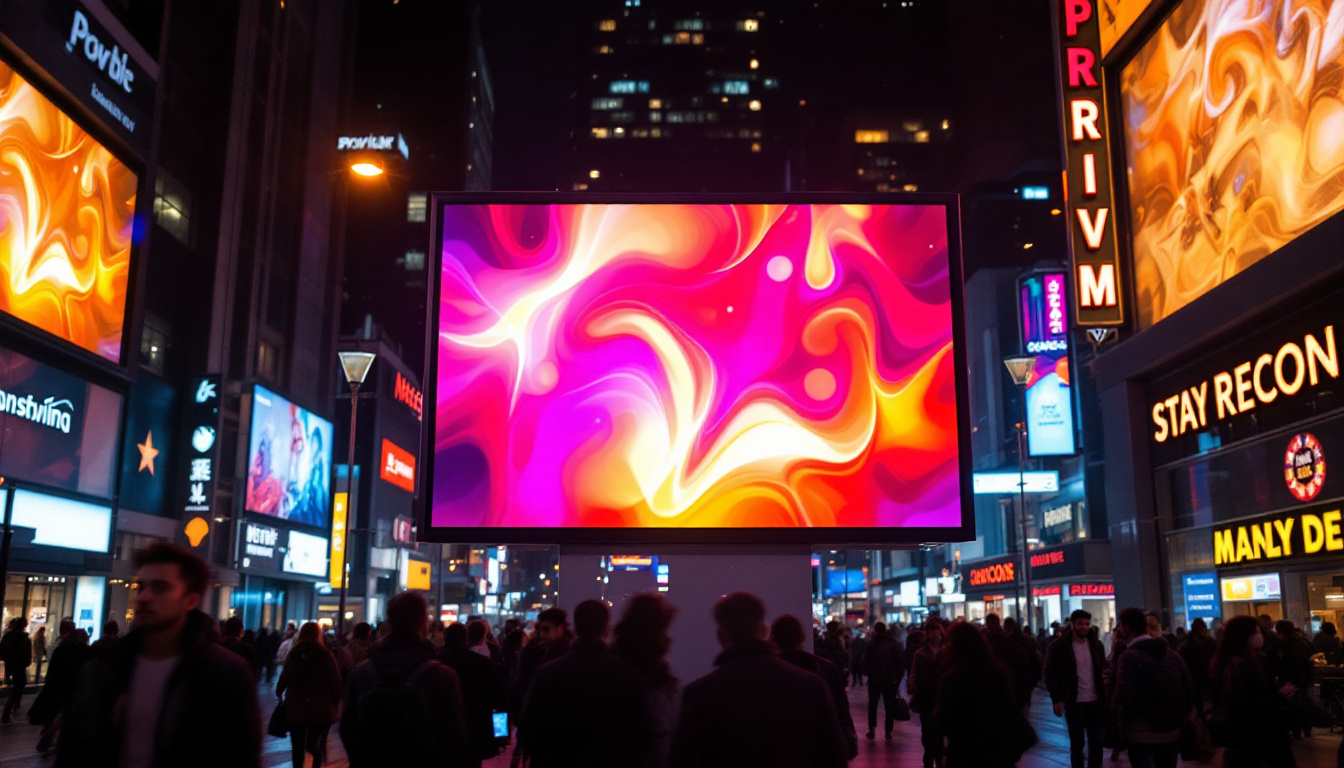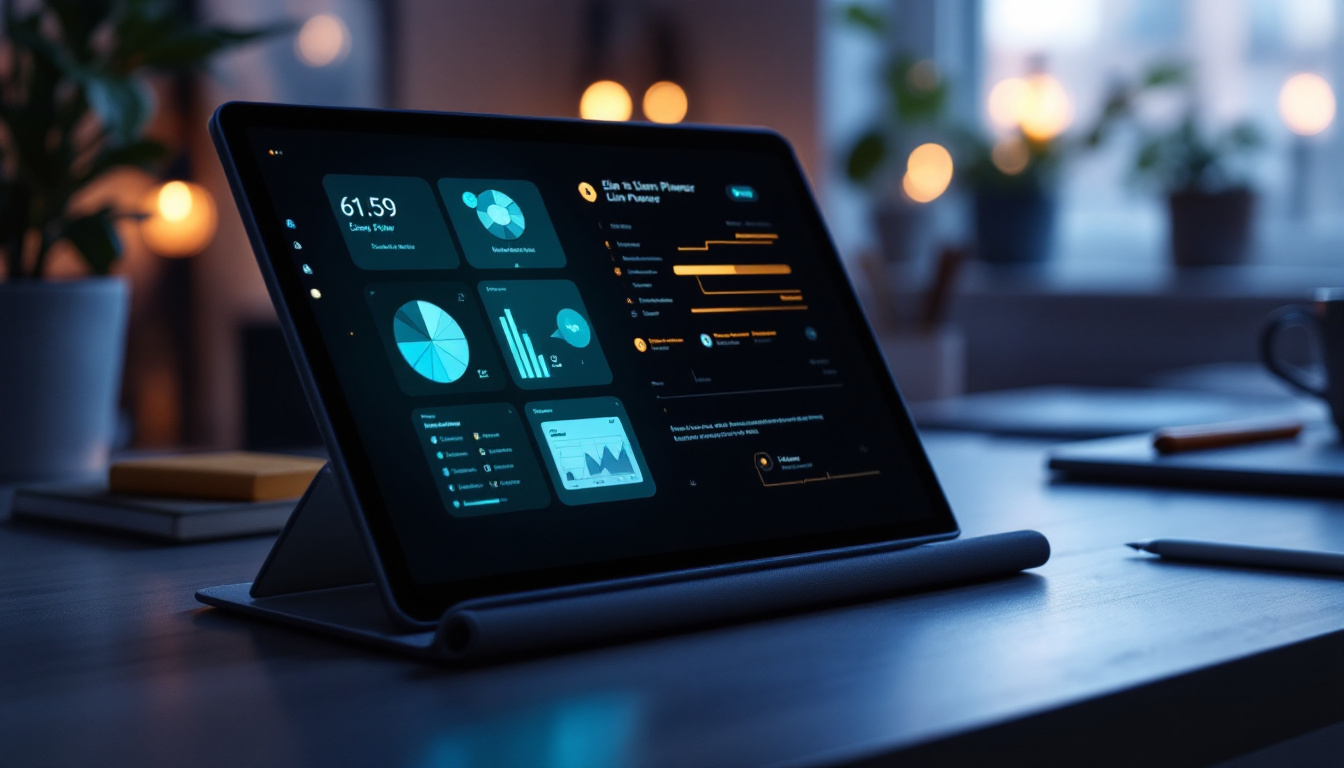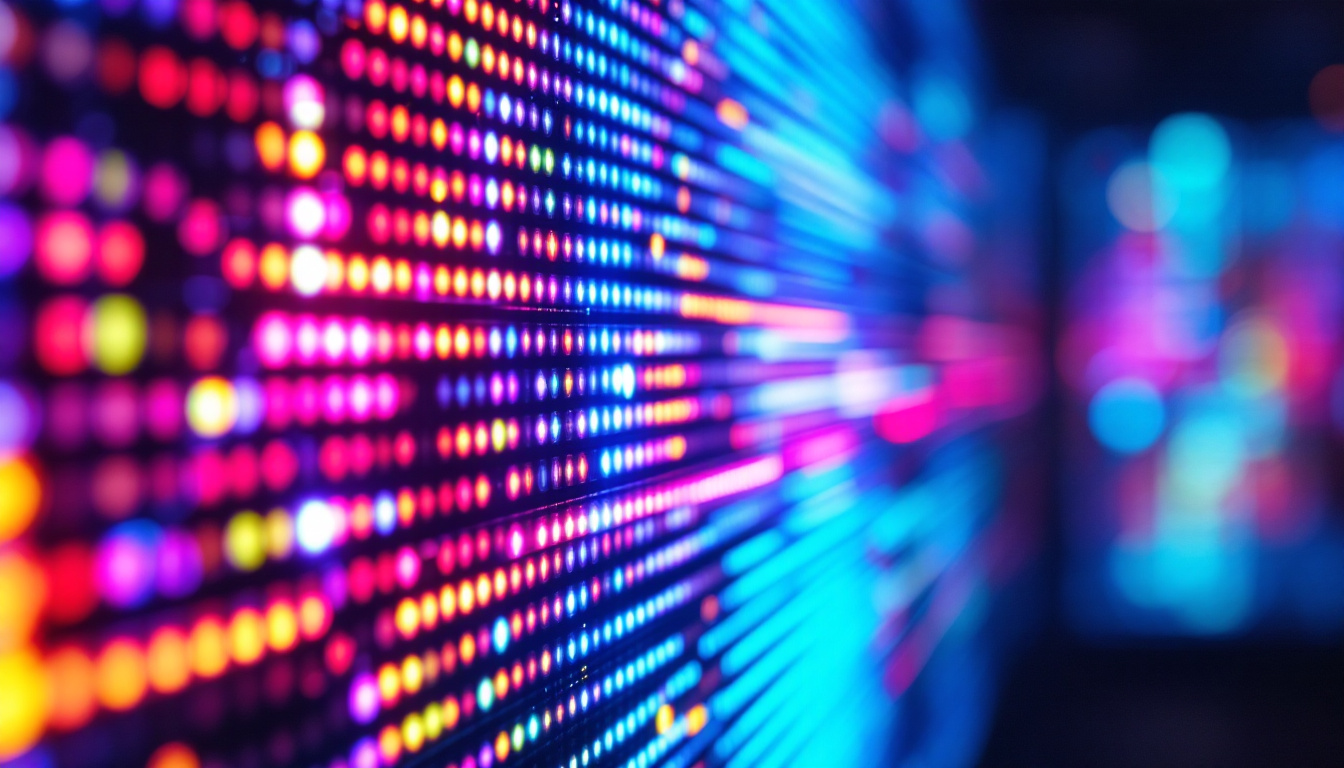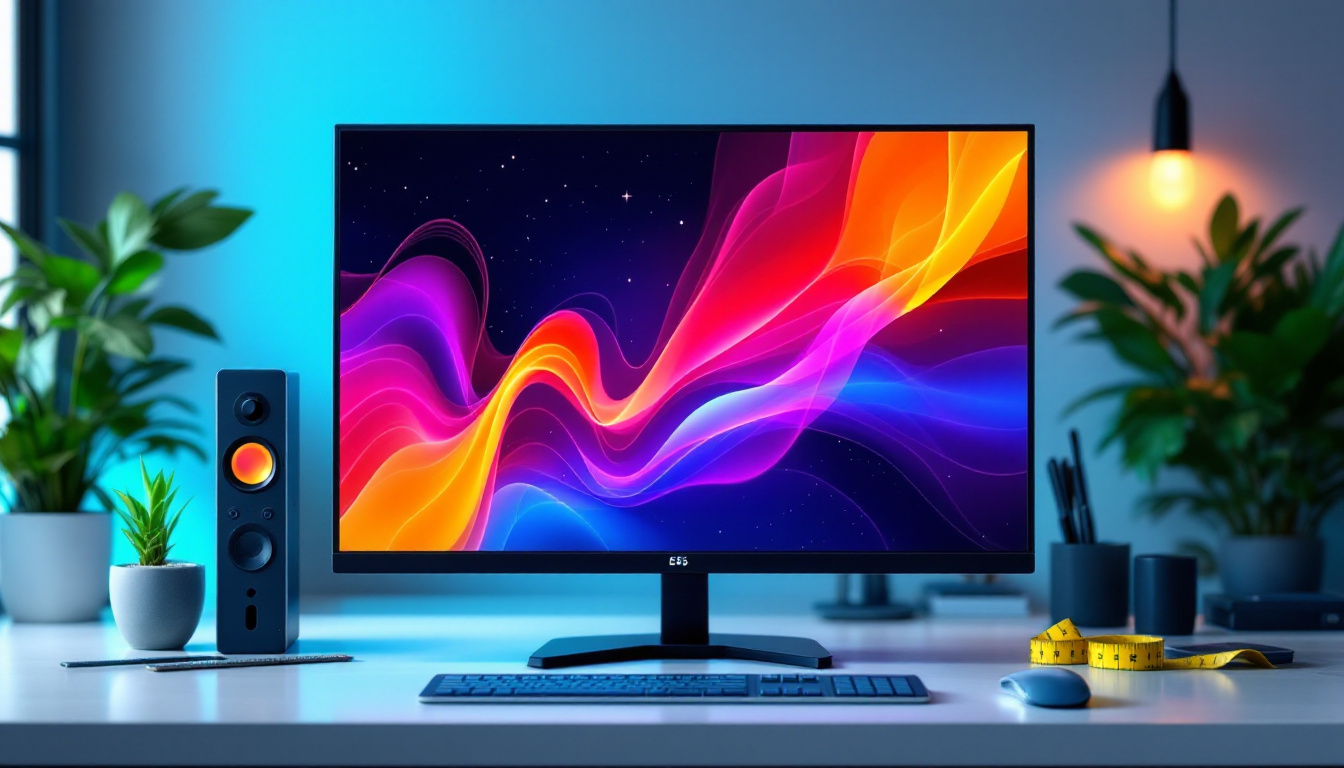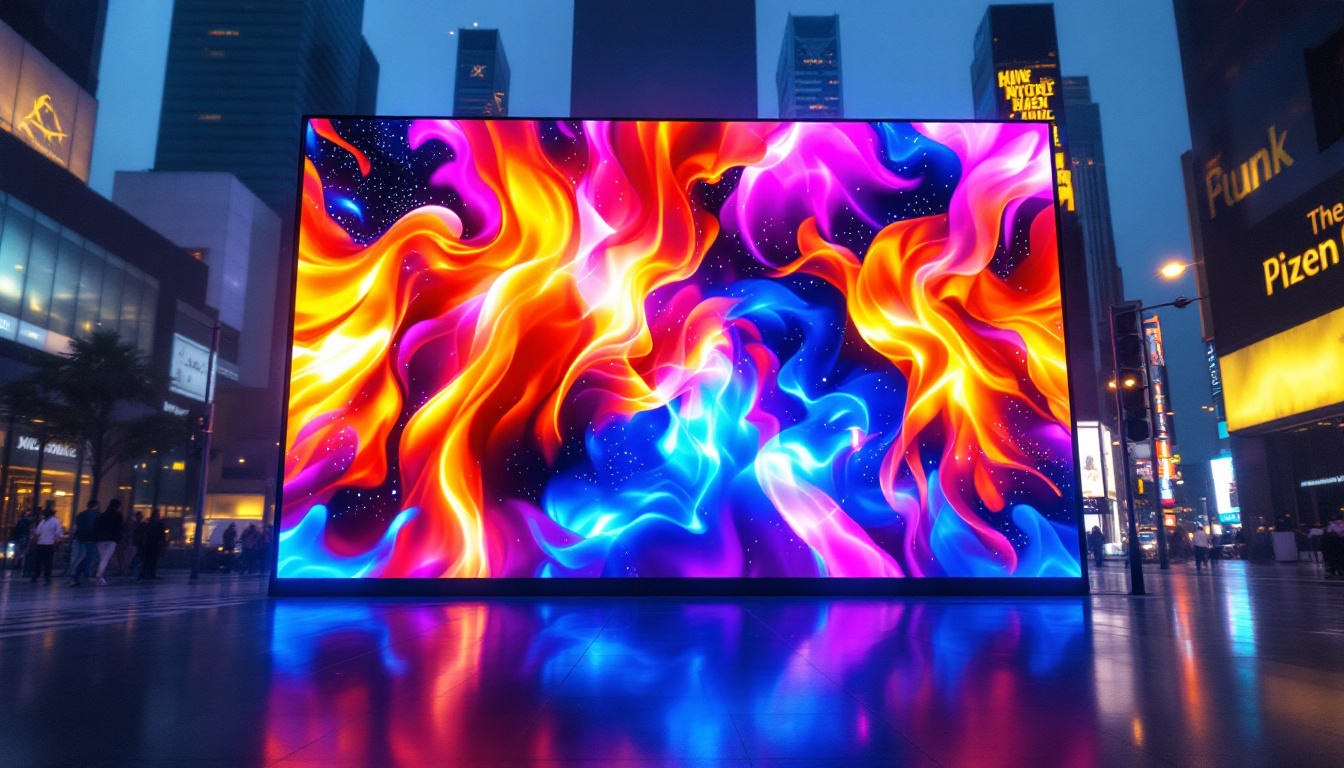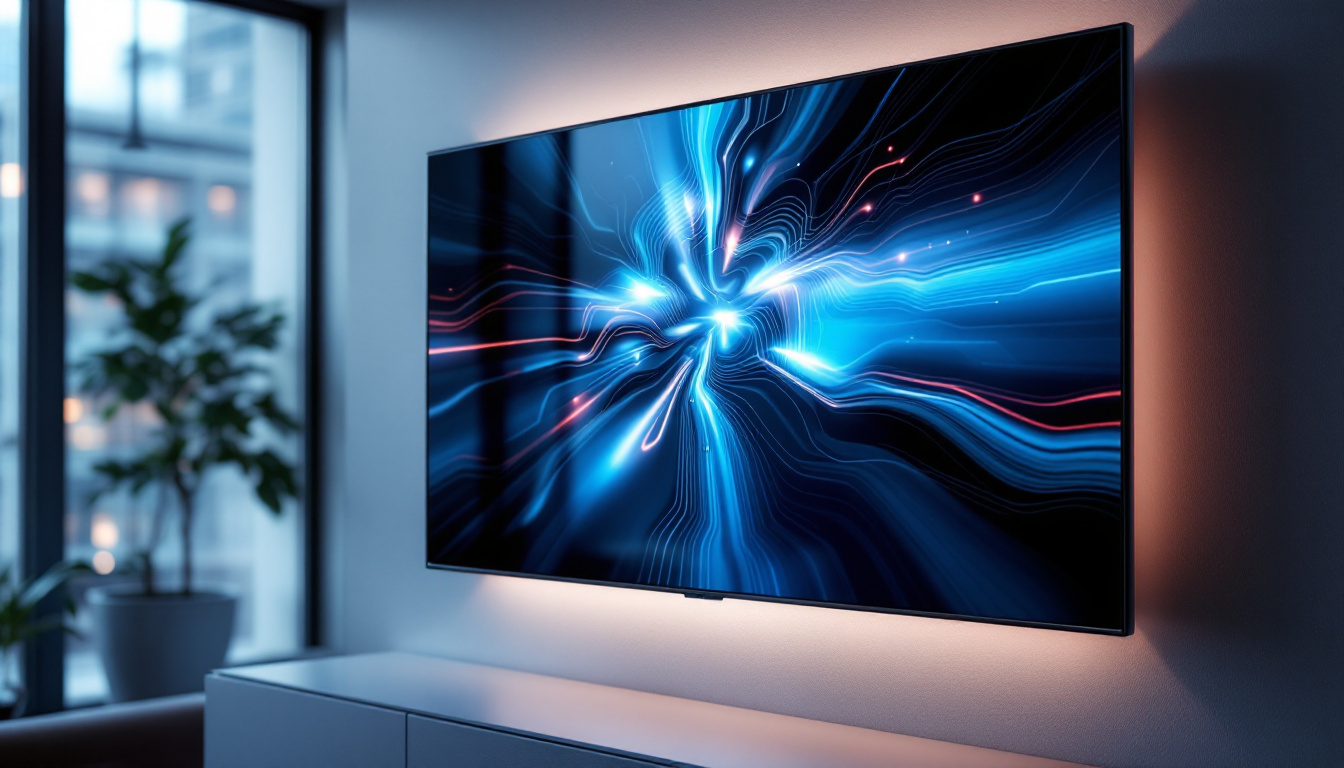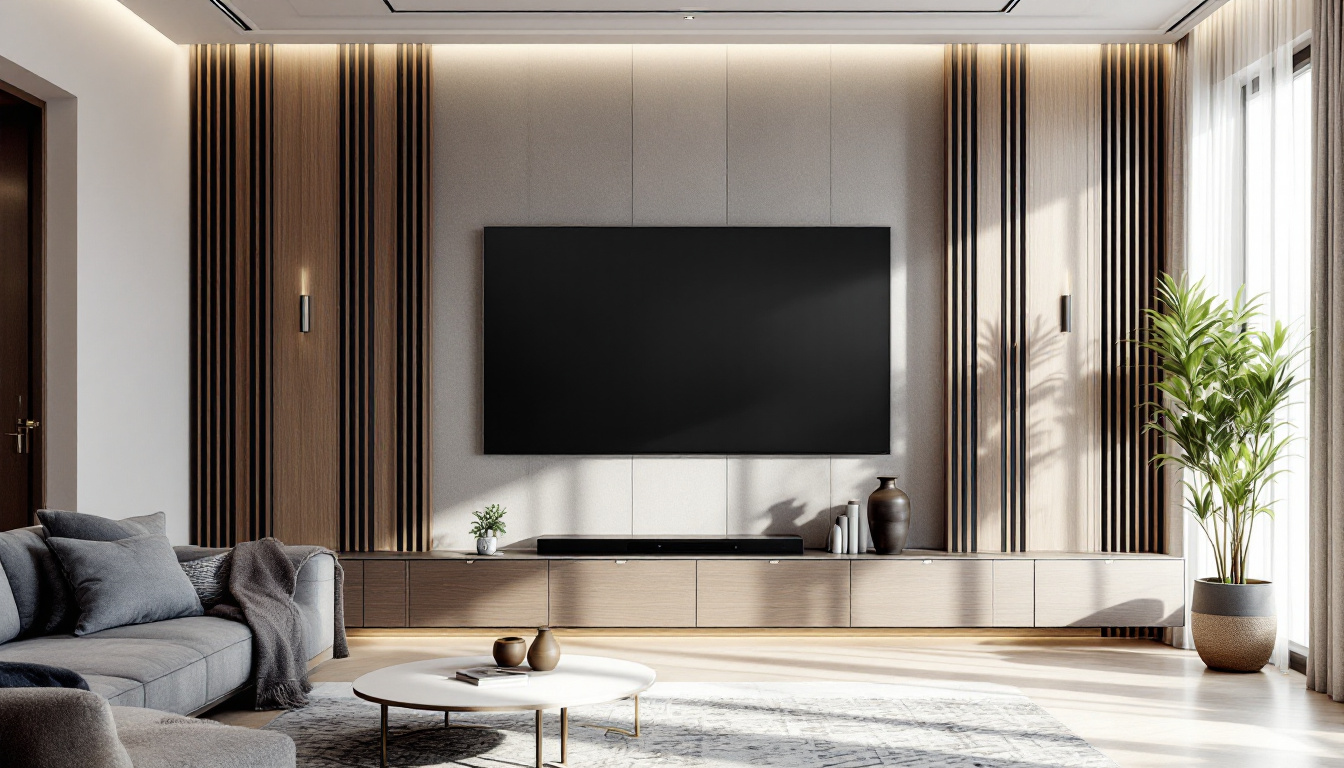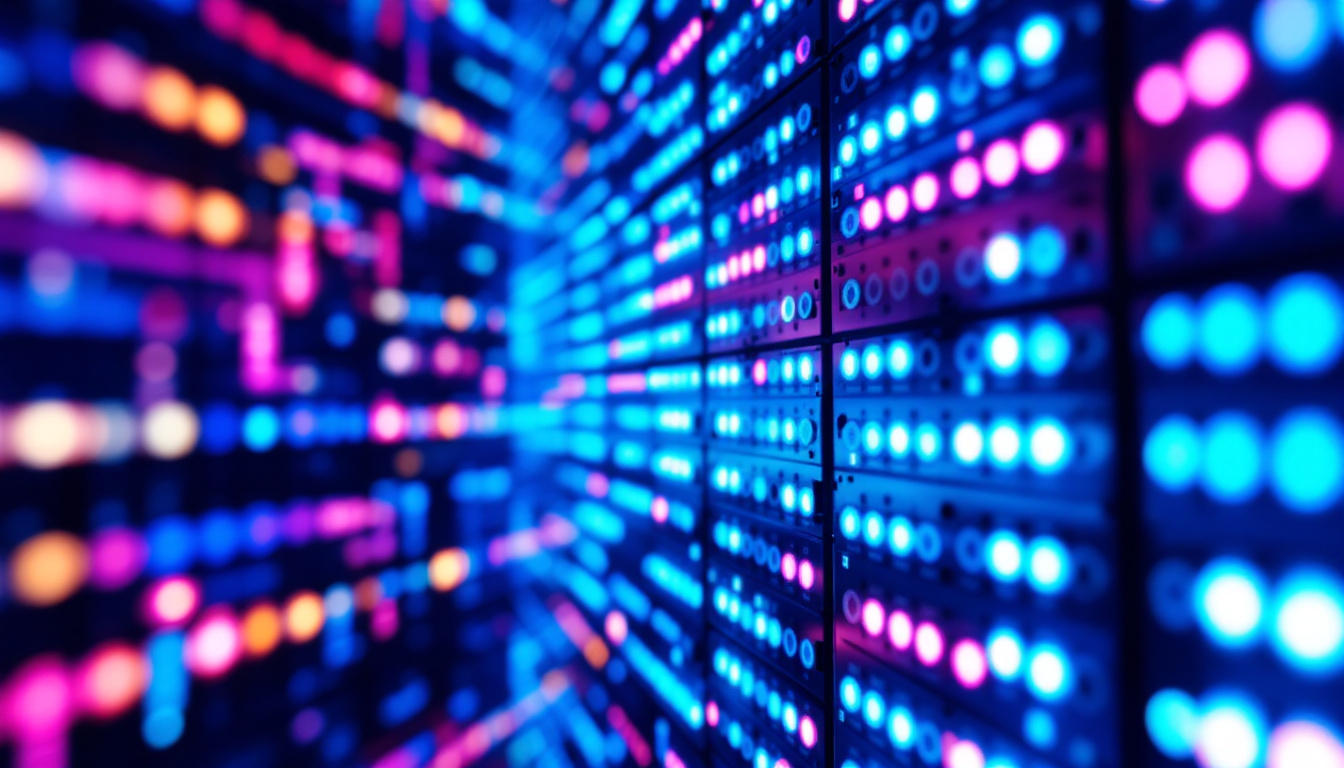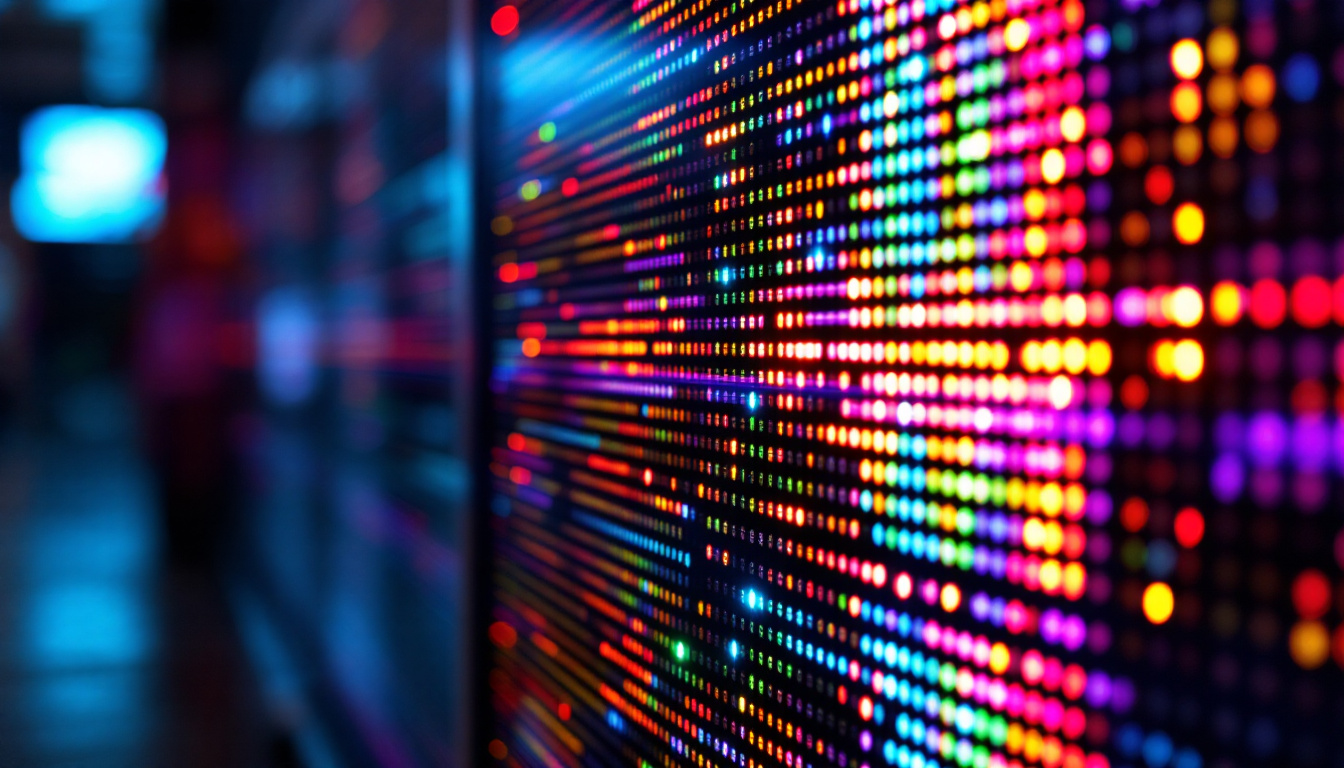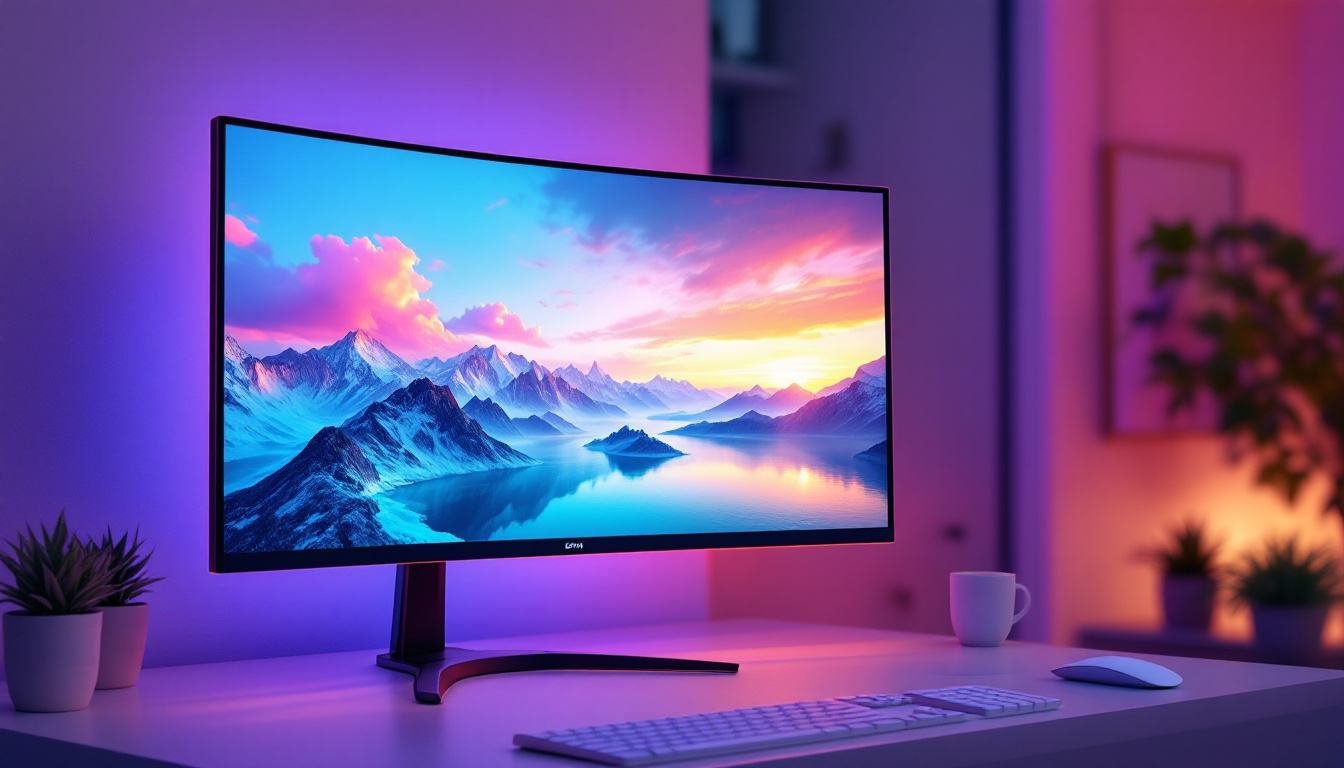In the realm of technology, the terms LCD and LED are often used interchangeably, leading to confusion among consumers. Understanding the differences and functionalities of these display technologies is essential for making informed decisions when purchasing monitors or televisions. This article delves into the intricacies of LCD monitors, particularly focusing on LED backlighting, to clarify the distinctions and advantages of these technologies.
Understanding LCD Technology
Liquid Crystal Display (LCD) technology has revolutionized the way images are presented on screens. Utilizing liquid crystals sandwiched between two layers of glass or plastic, LCDs manipulate light to create vibrant images. The technology is widely used in monitors, televisions, and various portable devices due to its compact design and energy efficiency. As consumer demand for high-quality displays continues to rise, LCD technology has evolved significantly, incorporating features that enhance visual performance and user experience.
The Basics of LCD Operation
At the core of LCD technology is the liquid crystal layer, which does not emit light by itself. Instead, it relies on an external light source to illuminate the display. Traditionally, this light source was provided by Cold Cathode Fluorescent Lamps (CCFLs), but advancements have led to the adoption of LED backlighting, which offers several benefits over its predecessor. LED backlighting not only improves brightness and contrast but also allows for thinner designs and greater energy efficiency, making modern LCD screens even more appealing to consumers.
Benefits of LCD Monitors
LCD monitors are known for their slim profiles and lightweight designs, making them ideal for both desktop and portable applications. They consume less power than older CRT monitors, which translates to lower electricity bills and a reduced carbon footprint. Additionally, LCDs provide sharp images and vibrant colors, making them suitable for a variety of tasks, from gaming to graphic design. The technology also supports a wide range of resolutions, from standard HD to 4K and beyond, catering to the needs of professionals and casual users alike.
Moreover, LCD technology has made significant strides in improving viewing angles and color accuracy. Many modern LCDs incorporate advanced technologies such as In-Plane Switching (IPS) or Vertical Alignment (VA), which enhance color reproduction and ensure that images remain consistent even when viewed from off-angles. This is particularly beneficial for collaborative work environments where multiple people might be viewing the same screen simultaneously. Additionally, features like anti-glare coatings and blue light filters have been integrated into LCD monitors to reduce eye strain, making them a popular choice for long hours of use.
LED Backlighting: A Game Changer
LED backlighting has significantly enhanced the performance of LCD monitors. By replacing traditional CCFLs with Light Emitting Diodes (LEDs), manufacturers have improved brightness, contrast, and energy efficiency. This section explores how LED technology has transformed the landscape of LCD displays.
Types of LED Backlighting
There are two primary types of LED backlighting used in LCD monitors: edge-lit and full-array. Edge-lit LED displays have LEDs positioned along the edges of the screen, allowing for a thinner design. However, this configuration can lead to uneven brightness in some cases. On the other hand, full-array LED displays have a grid of LEDs behind the screen, providing more uniform lighting and better contrast, particularly in darker scenes. Furthermore, some advanced full-array models incorporate local dimming technology, which enables specific zones of the backlight to be dimmed or turned off entirely. This results in deeper blacks and a more dynamic range of colors, enhancing the overall viewing experience.
Advantages of LED Over CCFL
LED backlighting offers numerous advantages over traditional CCFL technology. Firstly, LEDs are more energy-efficient, consuming significantly less power while providing higher brightness levels. This efficiency not only reduces electricity costs but also contributes to a longer lifespan for the monitor. Additionally, LED displays tend to have faster response times, making them ideal for fast-paced gaming and video playback. Another notable benefit is the improved color accuracy that LED technology can provide. With the ability to produce a wider color gamut, LED backlit monitors can display more vibrant and true-to-life colors, which is particularly beneficial for graphic designers and photographers who rely on precise color reproduction. Moreover, the reduced heat output from LEDs compared to CCFLs means that these monitors can operate cooler, enhancing comfort during extended use and reducing the risk of thermal-related issues.
Comparing LCD and LED Displays
While LED is often associated with LCD technology, it’s important to clarify that LED refers specifically to the backlighting method used in LCD monitors. Therefore, when comparing LCD and LED displays, one is essentially comparing different backlighting technologies rather than entirely distinct display types.
Image Quality and Performance
In terms of image quality, LED-backlit LCDs generally outperform their CCFL counterparts. The enhanced contrast ratios and vibrant colors offered by LEDs make for a more visually appealing experience. Moreover, full-array LED monitors can achieve true blacks by turning off individual LEDs in dark areas of the screen, a feature that is particularly beneficial for movie watchers and gamers. Additionally, the faster response times of LED displays reduce motion blur, making them ideal for fast-paced content such as sports and action films. This responsiveness, combined with superior brightness levels, allows for a more immersive viewing experience, especially in well-lit environments.
Cost Considerations
When it comes to pricing, LED-backlit LCD monitors tend to be more expensive than traditional LCDs with CCFL backlighting. However, the benefits in terms of energy savings and overall performance often justify the higher initial investment. Consumers should weigh their options based on their specific needs and budget constraints. It’s also worth noting that the longevity of LED displays can lead to lower replacement costs over time, as they typically have a longer lifespan compared to CCFL models. Furthermore, as technology advances, the price gap between LED and traditional LCD monitors continues to narrow, making LED options more accessible to a wider audience. This trend is encouraging for consumers who are looking to upgrade their display technology without breaking the bank.
Applications of LCD Monitors
LCD monitors are versatile and find applications in various fields, from home entertainment to professional environments. Understanding the specific use cases can help consumers choose the right monitor for their needs.
Home and Entertainment Use
For home users, LCD monitors provide an excellent solution for watching movies, playing video games, and browsing the internet. The clarity and color accuracy of LED-backlit LCDs enhance the viewing experience, making them a popular choice for home theaters and gaming setups. Many modern televisions also utilize LCD technology with LED backlighting, further blurring the lines between computer monitors and TV displays.
Professional and Creative Use
In professional settings, particularly in graphic design, photography, and video editing, color accuracy is paramount. High-end LCD monitors with LED backlighting can deliver exceptional color reproduction, allowing designers and artists to work with precision. Features such as wide color gamuts and high resolutions further enhance the capabilities of these monitors, making them indispensable tools in creative industries.
Choosing the Right LCD Monitor
With a myriad of options available in the market, selecting the right LCD monitor can be daunting. Factors such as screen size, resolution, refresh rate, and panel type should be considered to ensure the chosen monitor meets the user’s requirements.
Screen Size and Resolution
Screen size is a critical factor in determining the overall experience. Larger screens provide a more immersive experience, especially for gaming and multimedia consumption. However, the resolution must also be taken into account; a higher resolution offers more detail and clarity. Common resolutions include Full HD (1920×1080), Quad HD (2560×1440), and 4K (3840×2160), with each providing a different level of detail suitable for various applications.
Refresh Rate and Response Time
The refresh rate, measured in hertz (Hz), indicates how many times per second the display refreshes the image. A higher refresh rate, such as 144Hz or 240Hz, is particularly beneficial for gamers, as it results in smoother motion and reduced motion blur. Similarly, response time, measured in milliseconds (ms), is crucial for fast-paced gaming, where lower response times minimize ghosting effects.
Future Trends in LCD and LED Technology
The landscape of display technology is ever-evolving, with advancements continually shaping the future of LCD and LED monitors. Emerging trends promise to enhance performance, efficiency, and user experience.
Mini-LED and MicroLED Technologies
Mini-LED and MicroLED technologies are at the forefront of display innovation. Mini-LED involves using smaller LEDs for backlighting, allowing for more precise control of local dimming and improved contrast ratios. MicroLED, on the other hand, eliminates the need for a backlight altogether by utilizing tiny self-emitting LEDs, resulting in exceptional brightness and color accuracy. These technologies are expected to redefine the standards for display quality in the coming years.
Increased Energy Efficiency
As environmental concerns grow, the demand for energy-efficient displays continues to rise. Manufacturers are focusing on developing monitors that consume less power while maintaining high performance. Innovations in LED technology, such as improved dimming techniques and smarter power management systems, are paving the way for more sustainable display solutions.
Conclusion
In summary, understanding the intricacies of LCD monitors and LED backlighting is essential for making informed decisions in today’s technology-driven world. While LCD technology remains a staple in the display market, the integration of LED backlighting has significantly enhanced image quality, energy efficiency, and overall performance. As advancements continue to emerge, consumers can look forward to even more impressive displays that cater to a wide range of applications.
Whether for home entertainment, professional use, or gaming, the right LCD monitor can greatly enhance the viewing experience. By considering factors such as screen size, resolution, refresh rate, and the latest technological advancements, users can find the perfect monitor to meet their needs and preferences.
Discover the Future of Visual Display with LumenMatrix
Ready to elevate your visual experience with the latest in LED display technology? Look no further than LumenMatrix, a pioneer in crafting immersive and dynamic LED displays for every application. From the comfort of your home to the vibrancy of professional settings, LumenMatrix offers an array of solutions including Indoor and Outdoor LED Wall Displays, Vehicle LED Displays, and specialized options like LED Sports and Floor Displays. Embrace the future of digital signage with our Custom, All-in-One, and Transparent LED Displays, designed to captivate and engage. Check out LumenMatrix LED Display Solutions today and transform how you share your message with the world.


